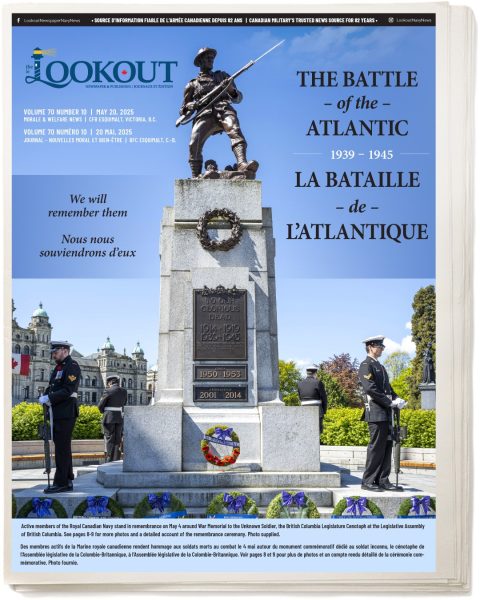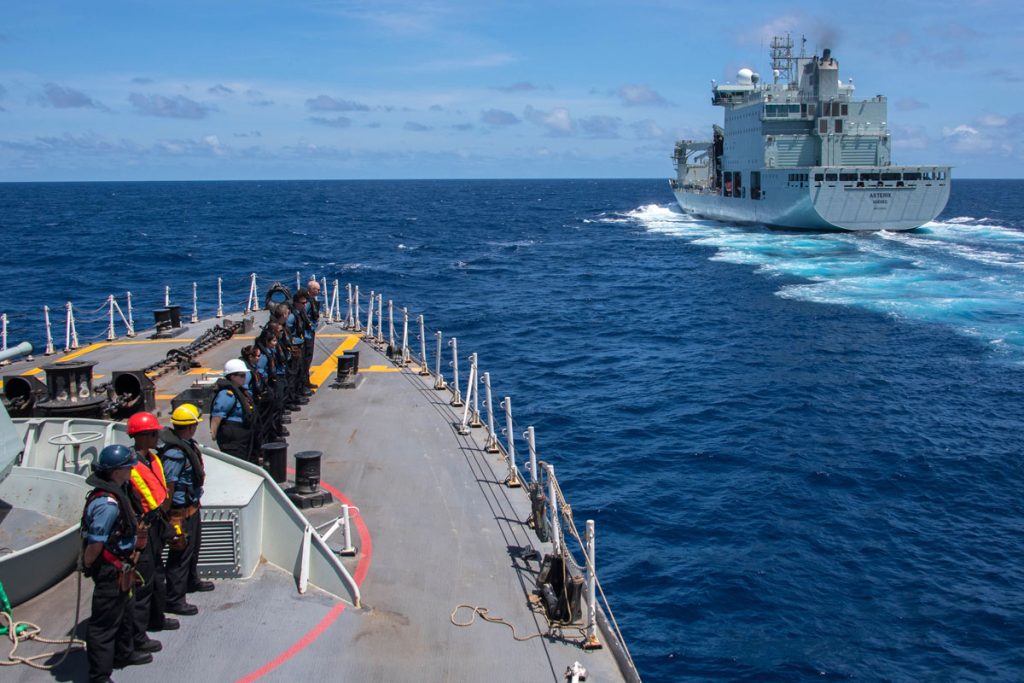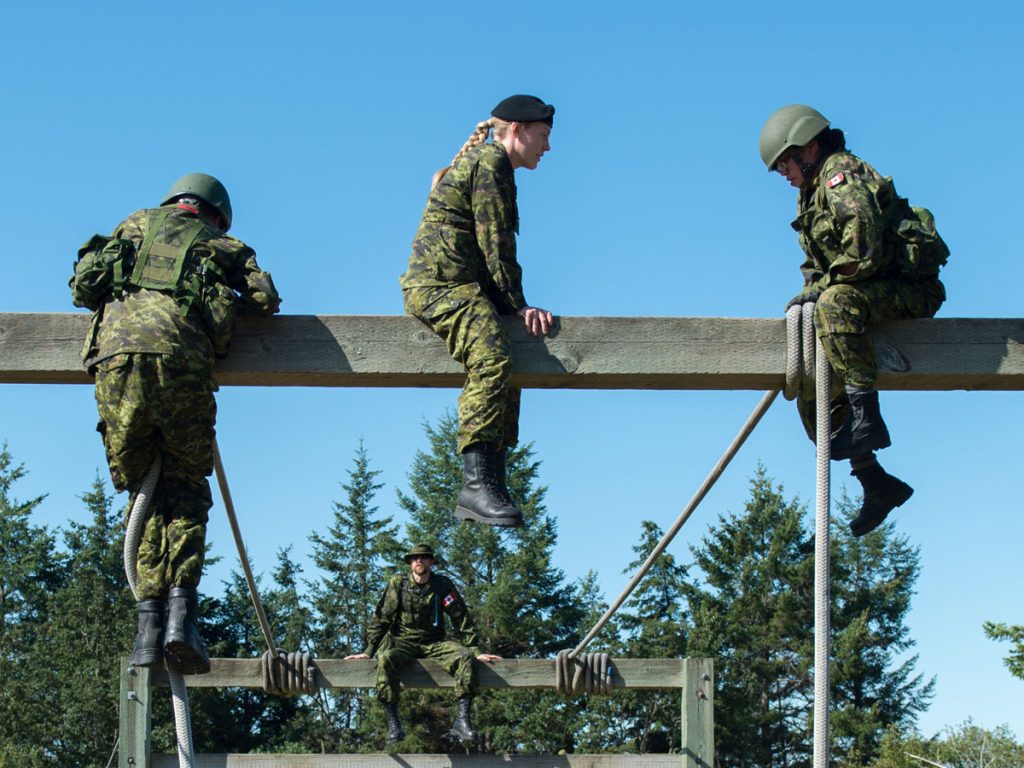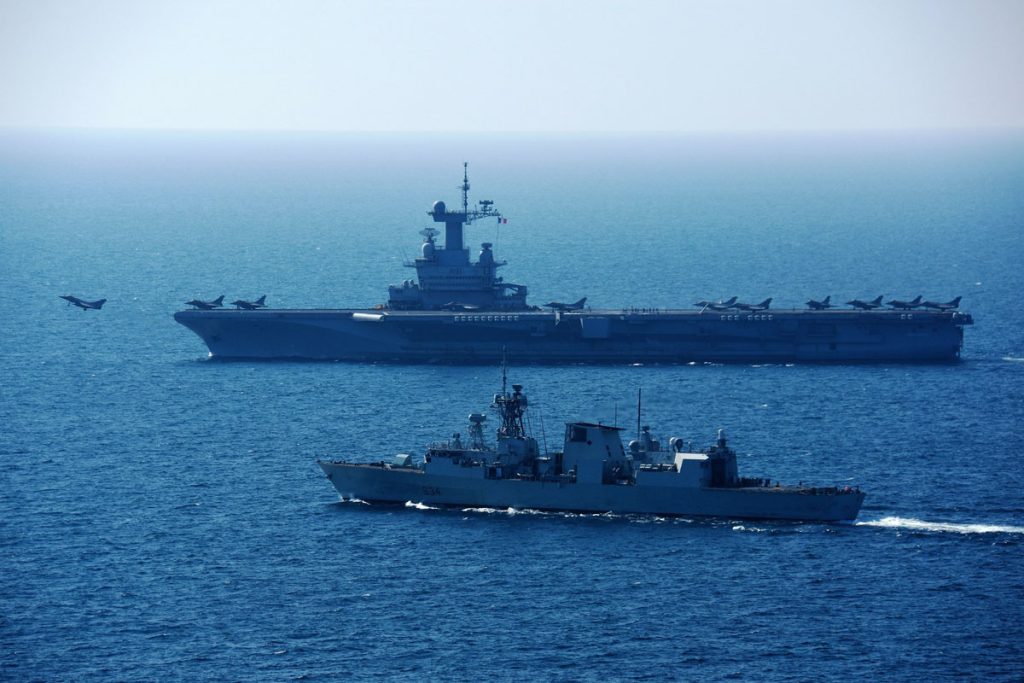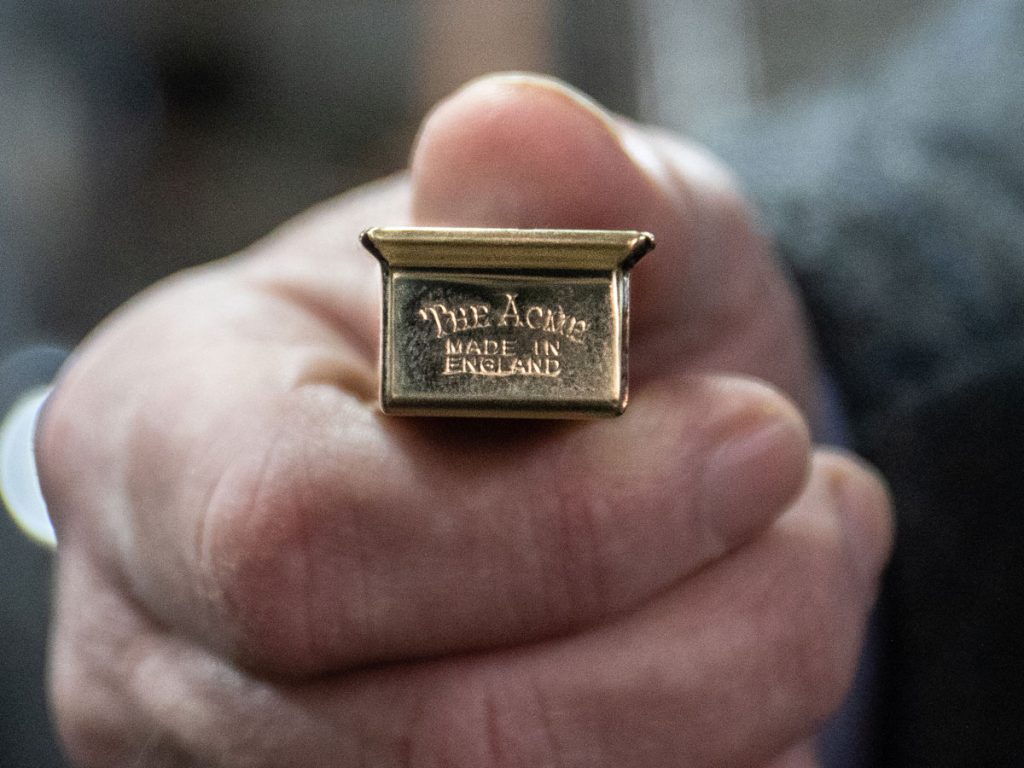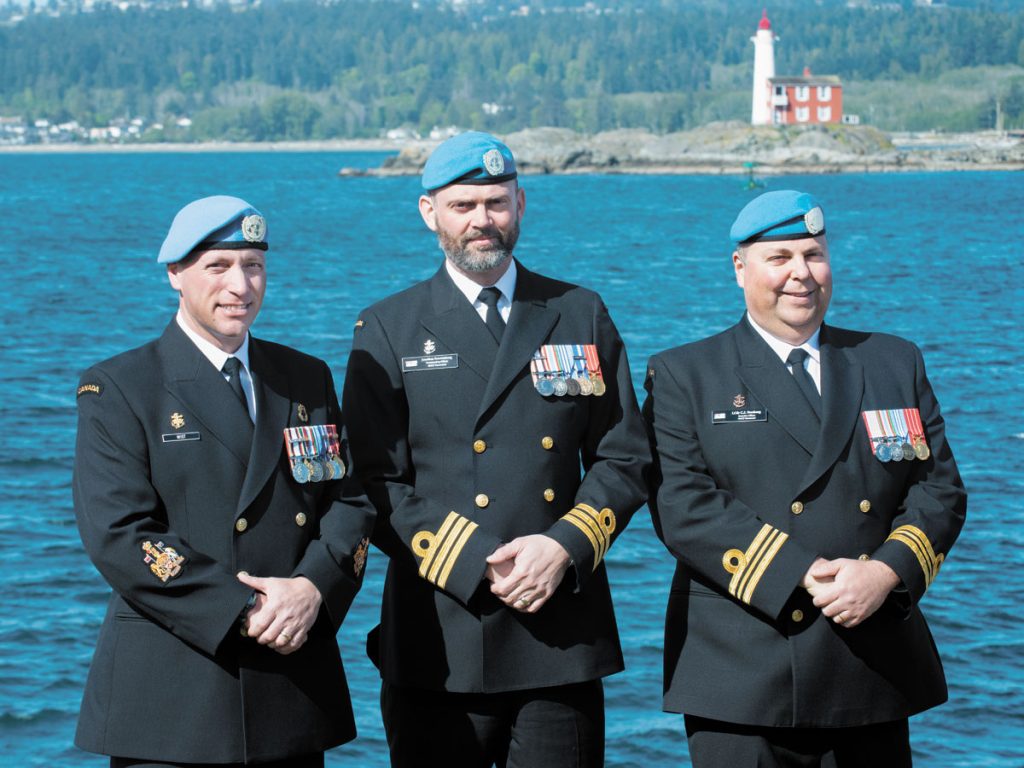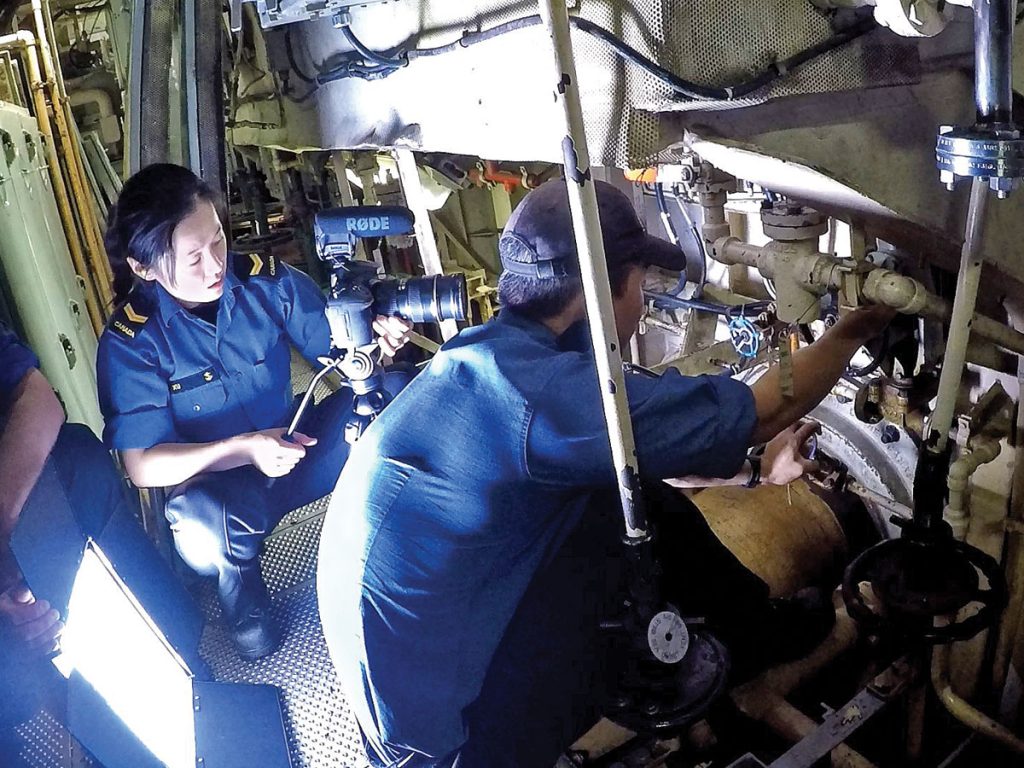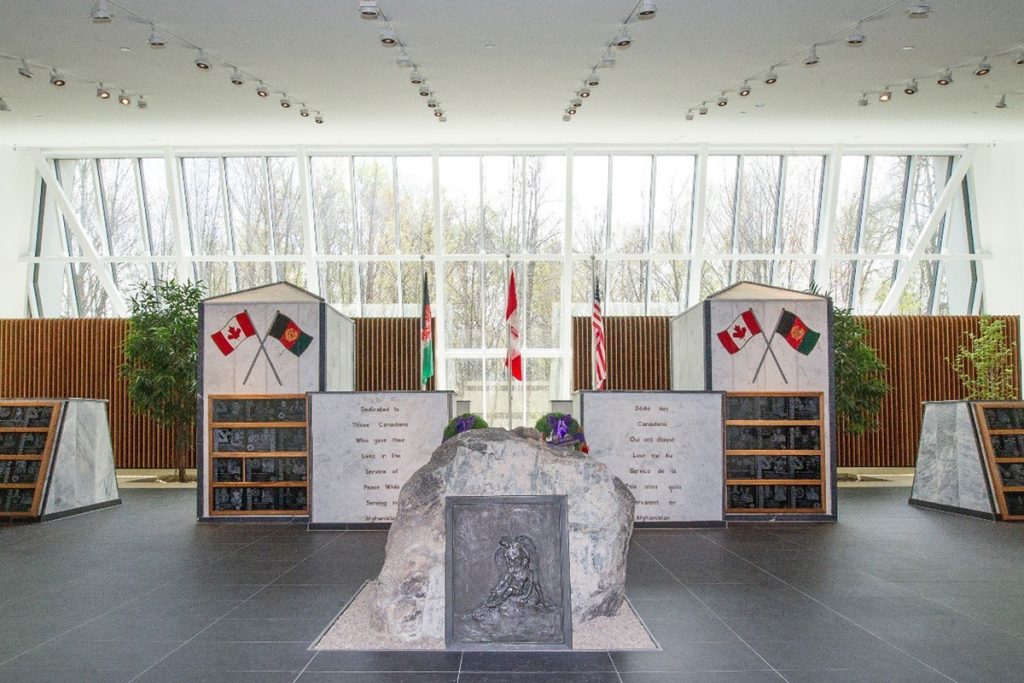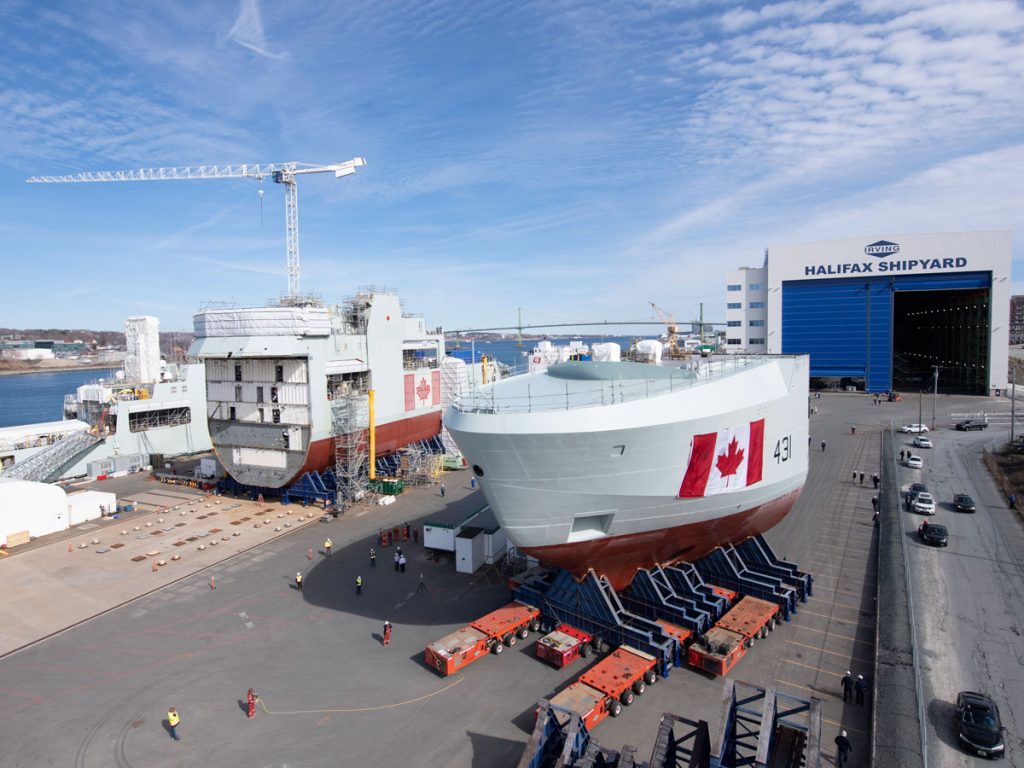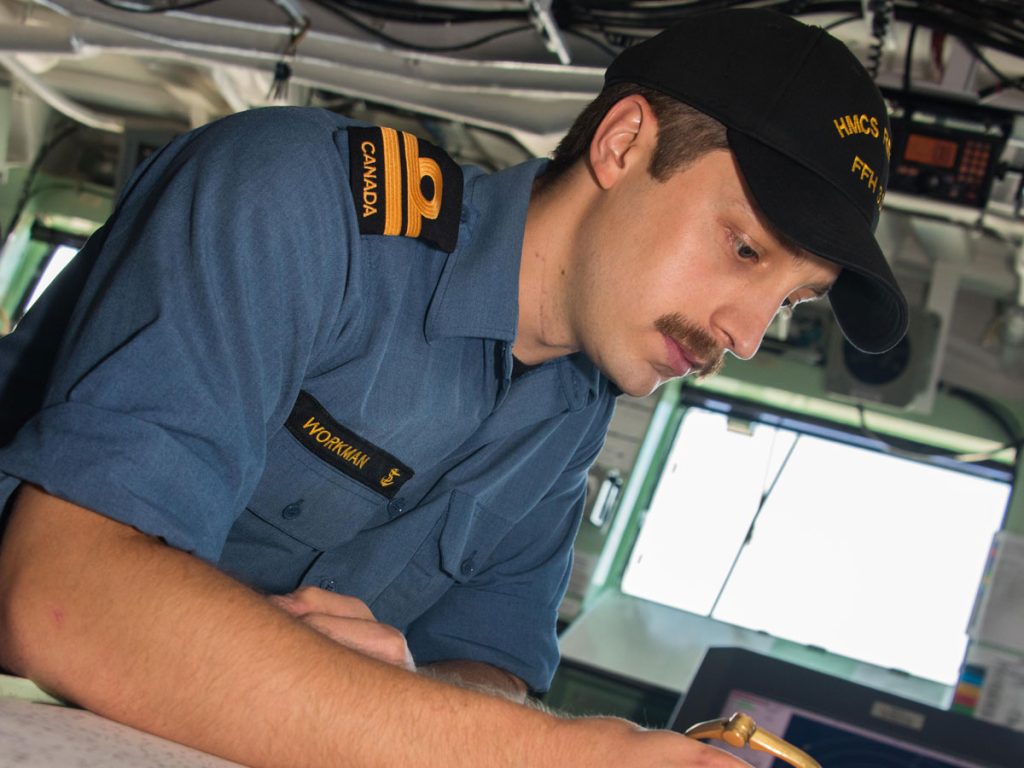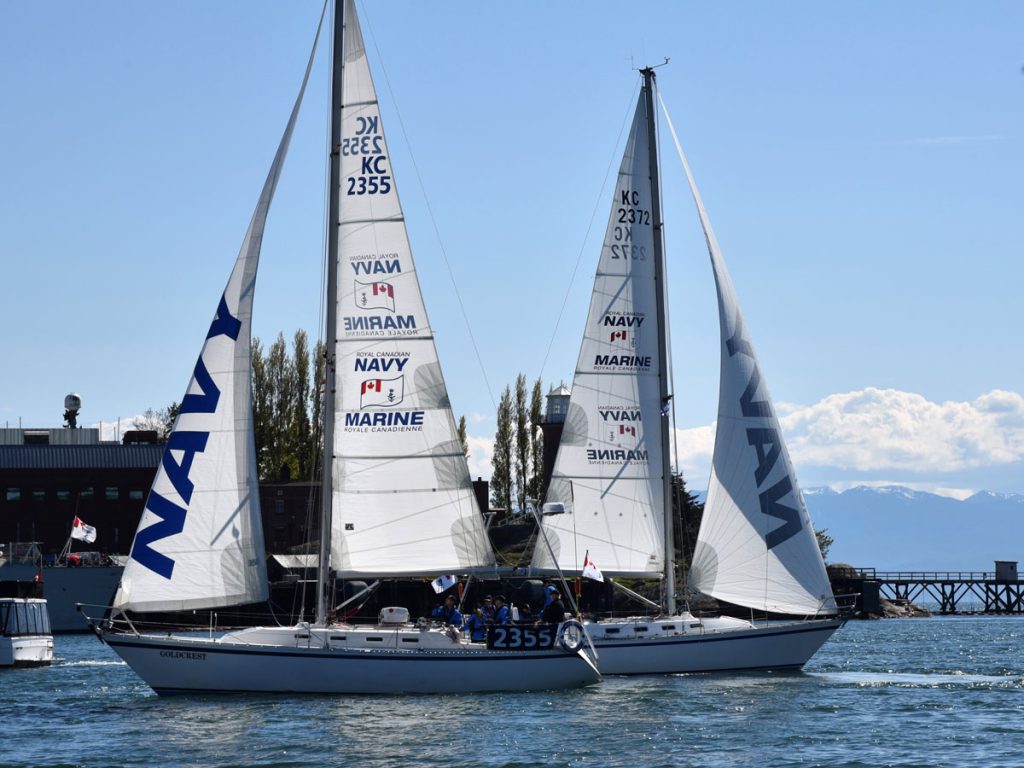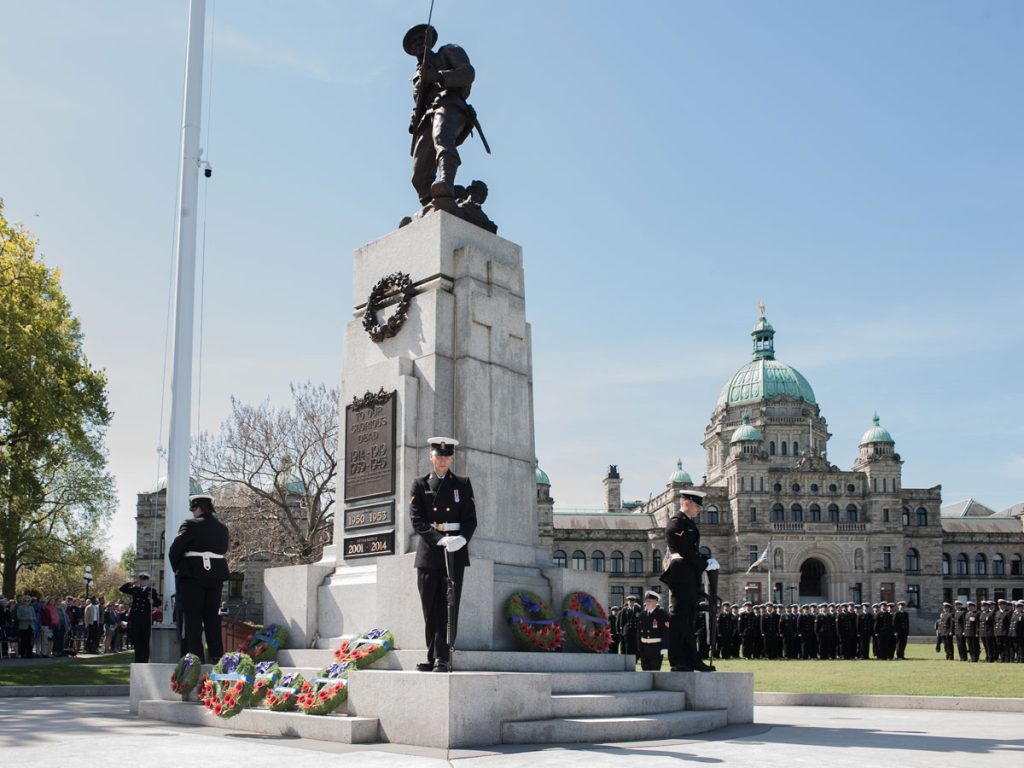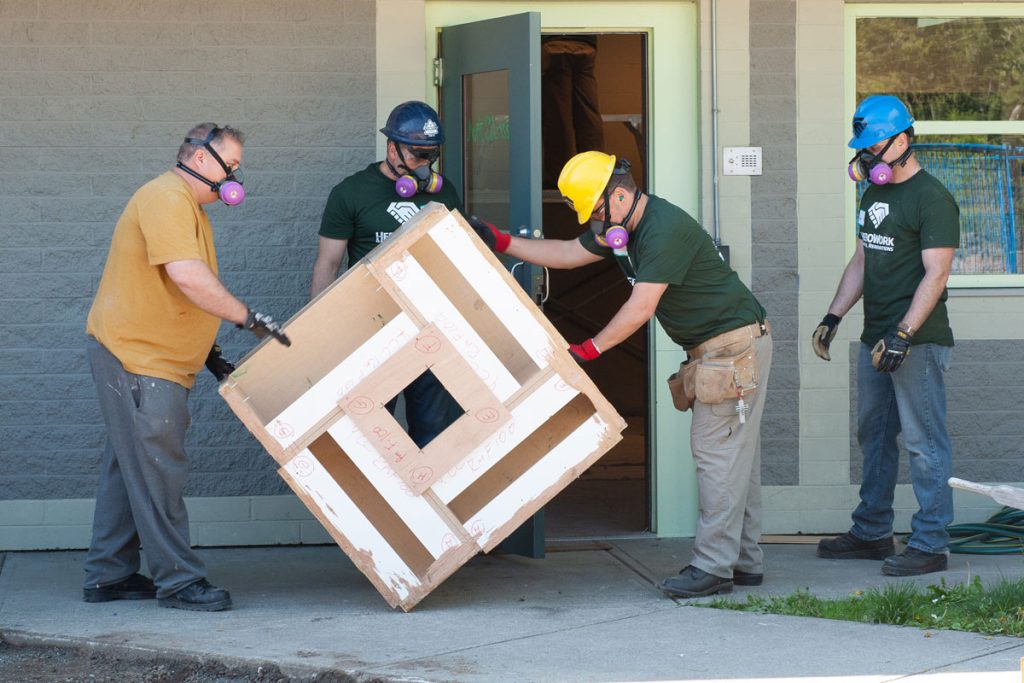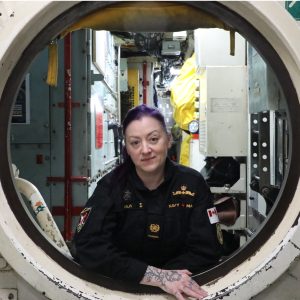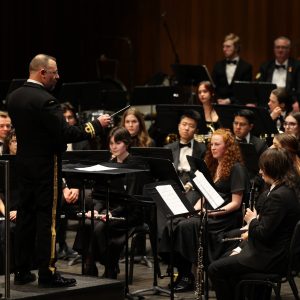
CFB Esquimalt’s Environmental Team honoured for environmental efforts
[caption id="attachment_20929" align="alignnone" width="593"] Members of Esquimalt’s Environmental Services team with their individual awards. Photo courtesy DCC[/caption]Peter Mallett, Staff Writer ~CFB Esquimalt’s Environmental Services Team has been recognized by Defence Construction Canada (DCC) for its ongoing contributions to environmental improvement and protection at the base. On April 30 at the National War Museum in Ottawa, Heather Rock, Team Leader of the Environmental Services Team, accepted the Robert Graham Memorial Award at DCC’s annual awards ceremony. The award recognizes outstanding work in the field of environmental, health and safety services, and is named in honour of a former DCC employee who was a notable environmental practitioner.Defence Construction Canada is a crown corporation that provides contracting, construction contract management, infrastructure and environmental services, and other support for Canada’s defence requirements. DCC employs roughly 1,000 people who mostly work at 35+ sites and offices across the country, and for international deployments. The magnitude and importance of the award is notable says Jordan Semeschuk, CFB Esquimalt DCC site manager. His office employs approximately 60 people, 10 of whom work for the Environmental Services Team. “I am incredibly proud of our Environmental Service Team and glad to see they are getting recognition for all of the hard work. It’s a morale boost for sure and also good to know that people at the base and across Canada are recognizing them for the excellent work they do.”Also recognized during the awards ceremony was Brad Trann, Esquimalt DCC Team Leader, who was recognized with the President’s Award for outstanding service in his more than 29-year career. Semeschuk says it was the Environmental Services Team’s work on the Esquimalt Harbour Remediation Project (EHRP) that garnered much of the recognition. The EHRP involves the removal of contaminated silt from the seabed that has been left behind by over 150 years...
